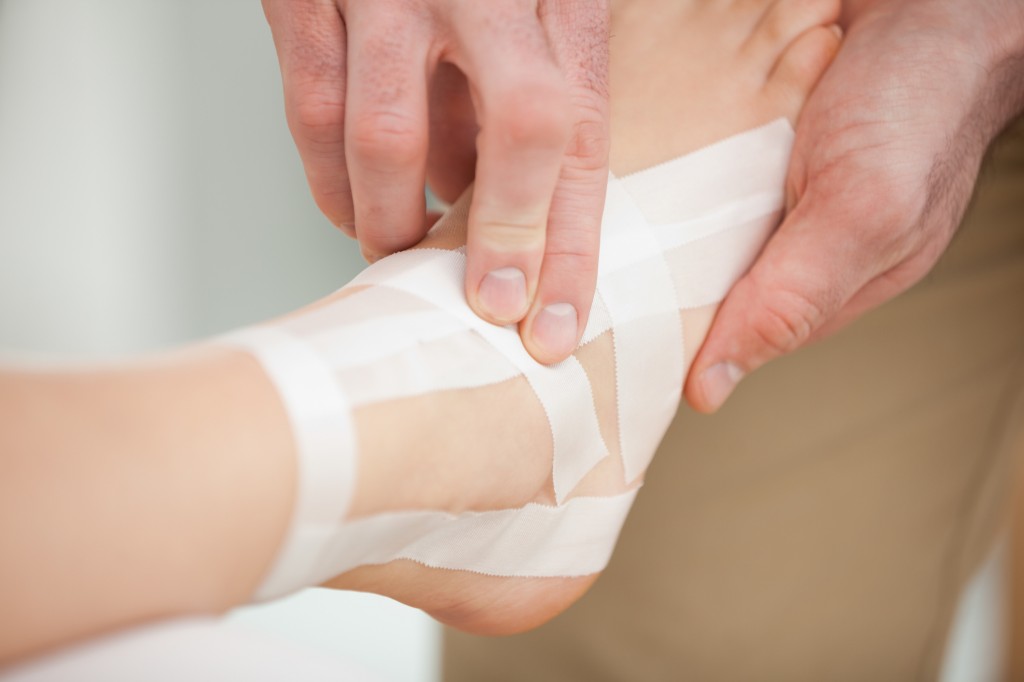Degenerative Injuries VS Impact Injuries
Degenerative and Impact injuries have different causes, so it only makes sense that their treatments would differ as well. Degenerative injuries are typically caused from prolonged repetitive activity or a normal part of the ageing process. Although the afore mentioned are typical causes of degenerative injuries, other factors such as improperly treated injury and even obesity can contribute to, and in some cases exacerbate the degenerative issues.
Impact injuries on the other hand occur from sudden trauma to the body from things like a sport related collision, slip and fall or an automobile accident. Impact injuries can also be a result of weakened muscles, tendons, or bones making them more susceptible to breaks and muscle/ tendon tears. The course of treatment for impact injuries will vary depending on the severity of the injury.
Regardless of whether you believe the cause of your discomfort is as result of an impact injury or progression from a degenerative injury, both should be seen by a professional as soon after the pain starts as possible to ensure that proper healing can occur.
Degenerative Treatments
Degenerative injury in some cases will require surgery to fix the problem. Most Dr’s try to avoid going the surgery route, due to the increased risk associated with surgeries and because the likelihood for multiple surgeries when treating degenerative injuries is very high. Luckily most degenerative injuries respond very well to various types of physical therapies. Supervised stabilisation exercises, physiotherapy, massage and even acupuncture are effective and widely used alternatives to surgery.
Degenerative disc disease for example is generally treated with over the counter pain medication, light physical therapy as well as practicing proper ergonomics and posture. Surgery is used only as a last result if the flare-ups become overly frequent and/or the pain remains unbearable after pain medication is taken. In most cases the best thing one can do with degenerative disc disorder is tough it out until the disc stiffens with age, which causes the motion segment to stabilise, ultimately relieving the pain naturally on its own.
Impact Treatments
Unfortunately most impact injuries can’t be repaired with simple physical therapy alone, they will for the most part require immediate and aggressive treatment to ensure proper healing. Surgery is a common course of action when dealing with any type of bone break or tendon tear. Although surgery comes with more health risks than physical therapy, the pros greatly outweigh the cons in terms of healing and over all quality of life.
Ankle injuries for example (specifically fractures) more often than not will require surgery to repair an unstable joint using pins and screws to hold it in place. Tendon damage and tears also tend to go hand in hand with ankle breaks, which will require surgical reattachment of the tendons. Recovery time is usually no longer than 10-12 weeks, as long as no complications associated with surgery is involved. Like any orthopaedic surgery, in order for the procedure to be entirely successful prolonged and frequent physical therapy must be done to ensure proper healing. Sprains on the other hand even serious ones rarely require surgery and can be healed within a couple weeks with simple rest.

